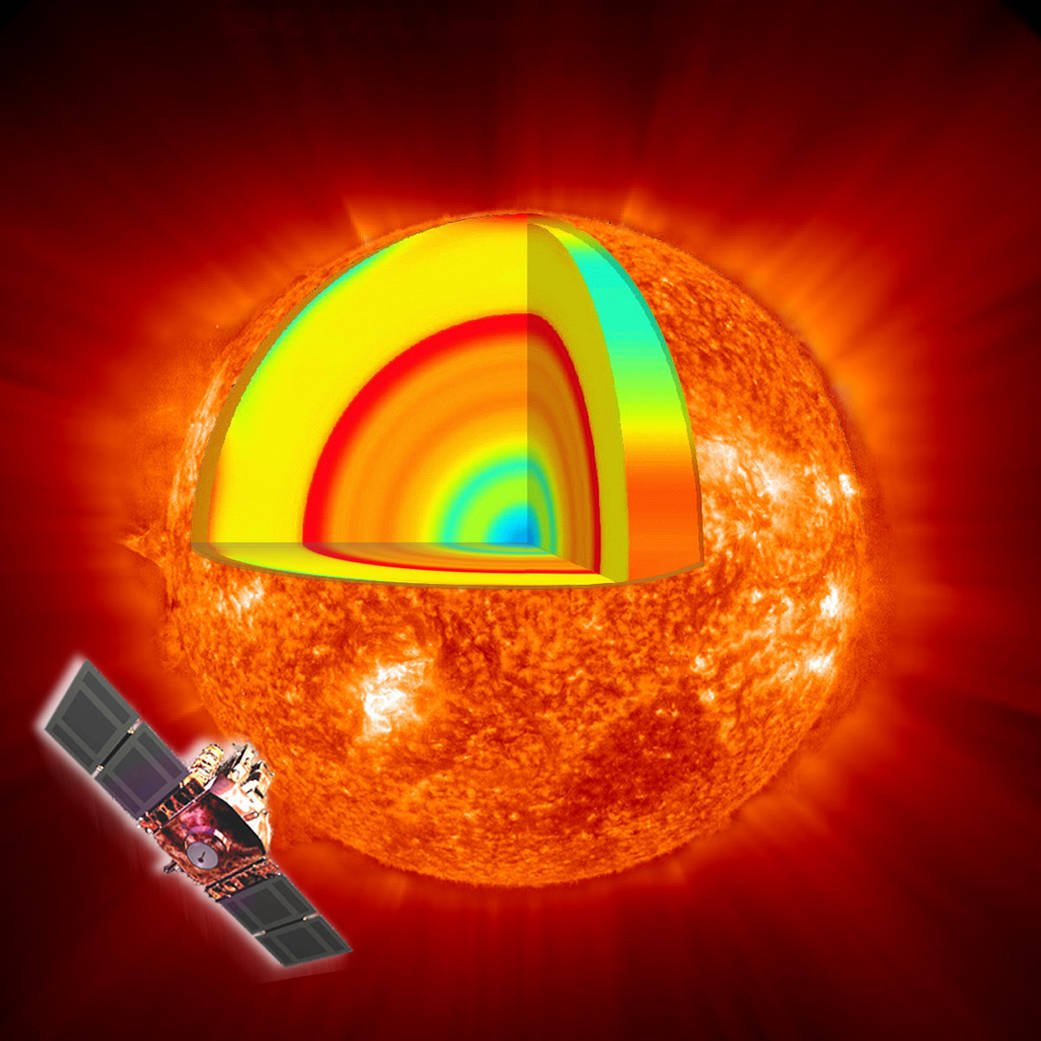Space Extenders II SOHO, a joint ESA and NASA mission, is still going strong after almost thirty years since launch and at this point the craft is an essential part of space infrastructure.
SOHO mission manager Luis Sánchez Duarte describes the spacecraft as being far from a “spring chicken,” having dedicated decades to studying the Sun.
“It has its quirks,” he tells The Register. “It actually has some single points of failure these days. For example, the battery. As long as we can maintain the orientation towards the Sun, everything’s fine. But if there’s a mishap and we lose the orientation, something bad may happen.”
That said, aside from a few degradations and the odd near-death experience, the spacecraft continues to perform admirably. It’s a testament to its designers.
According to Sánchez, the key instrument – the Large Angle and Spectrometric Coronagraph (LASCO) – “is working just fine.”
“SOHO has moved from the cutting edge of physics research into being a monitoring tool,” Sánchez says. Its main application is in space weather forecasting, which is what keeps the spacecraft operating.
The US National Oceanic and Atmospheric Administration (NOAA) uses data from SOHO to monitor solar activity. “The main operational requirement that we have is to have LASCO data more or less continuously, with gaps no longer than four hours.”
From this data, predictions can be made and alerts issued. While monitoring space weather was not the primary goal when SOHO was launched in the 1990s, data from the spacecraft about solar phenomena has kept it going and will keep it flying until a replacement is finally launched.
There is a veritable fleet of spacecraft observing the Sun. NASA’s Solar Dynamics Observatory (SDO) was launched in 2010, the agency’s Parker Solar Probe flew through the corona of the Sun in 2021, and Sánchez’s Solar Orbiter launched in 2020.
However, in the absence of a spacecraft able to do what SOHO can do it lingers on. SOHO is slowly orbiting around Lagrange point L1 from where it monitors solar flares, etc. While there are other spacecraft in the region, LASCO is what makes SOHO unique. NOAA does have plans for another spacecraft — the Space Weather Follow On Lagrange 1 (SWFO-L1) mission — which will also feature a Coronagraph but, according to Sánchez, it is unlikely to launch before May 2025.
“Once a replacement is operational, our guess is that NOAA will cease funding SOHO as part of space infrastructure.” And that will be that.
SOHO is in the happy position of having enough fuel for decades, according to Sánchez. It only uses its propulsion for momentum management, which occurs approximately once every three months. “The reaction wheels will typically have some momentum and speed up, and then you have to slow them down.”
However, while the fuel levels might be OK, Sánchez is concerned over the state of the solar arrays. The degradation rate of the power produced drops by slightly less than 1 percent per year. Initially, this degradation wasn’t a worry however the spacecraft has surpassed all reasonable lifespan expectations.
SOHO’s power-generating capability is affected by its environment. For example, a major solar storm will have an impact: things recover “but never to the same level,” he says.
At some point SOHO will not have enough power to keep its instruments running, although current predictions have this point occurring in the next decade. As a reminder, SOHO’s design life was for two years, with enough consumables on board for another four years. Engineers have managed to eke this out to 28 years and counting.
Power aside, SOHO is notable for being the first three-axis spacecraft to operate without gyros. The last failed in 1998, and gyroless control software was installed in 1999. However, this means the spacecraft’s reaction wheels must fulfill the role of a virtual gyro. And those wheels are getting old.
Sánchez tells us a story of talking to an engineer with a reaction wheel similar to one of SOHO’s running on the bench. “He told me: ‘You know, people are very worried about reaction wheels. And reaction wheels are one of the subsystems that are the most robust in the system; they are very well understood’.”
And SOHO has a very well-defined envelope of operation. Solar storms aside, it sits in a relatively benign environment. There are no significant temperature changes – the spacecraft is always approximately the same distance from the Sun – and so despite being used for many applications, the reaction wheels continue to turn.
While ensuring that funding keeps flowing is always a challenge as the spacecraft approaches the 30th anniversary of its launch, the human factor must be considered. How do you go about supporting something that was designed more than three decades ago?
It’s a problem many software engineers face, and old spacecraft are not so different. Sánchez tells us: “If there’s interest in maintaining [SOHO] operations, the knowledge will be passed on.”
According to the SOHO mission manager, all that is really required is the will to keep flying. ®

Dr. Thomas Hughes is a UK-based scientist and science communicator who makes complex topics accessible to readers. His articles explore breakthroughs in various scientific disciplines, from space exploration to cutting-edge research.








